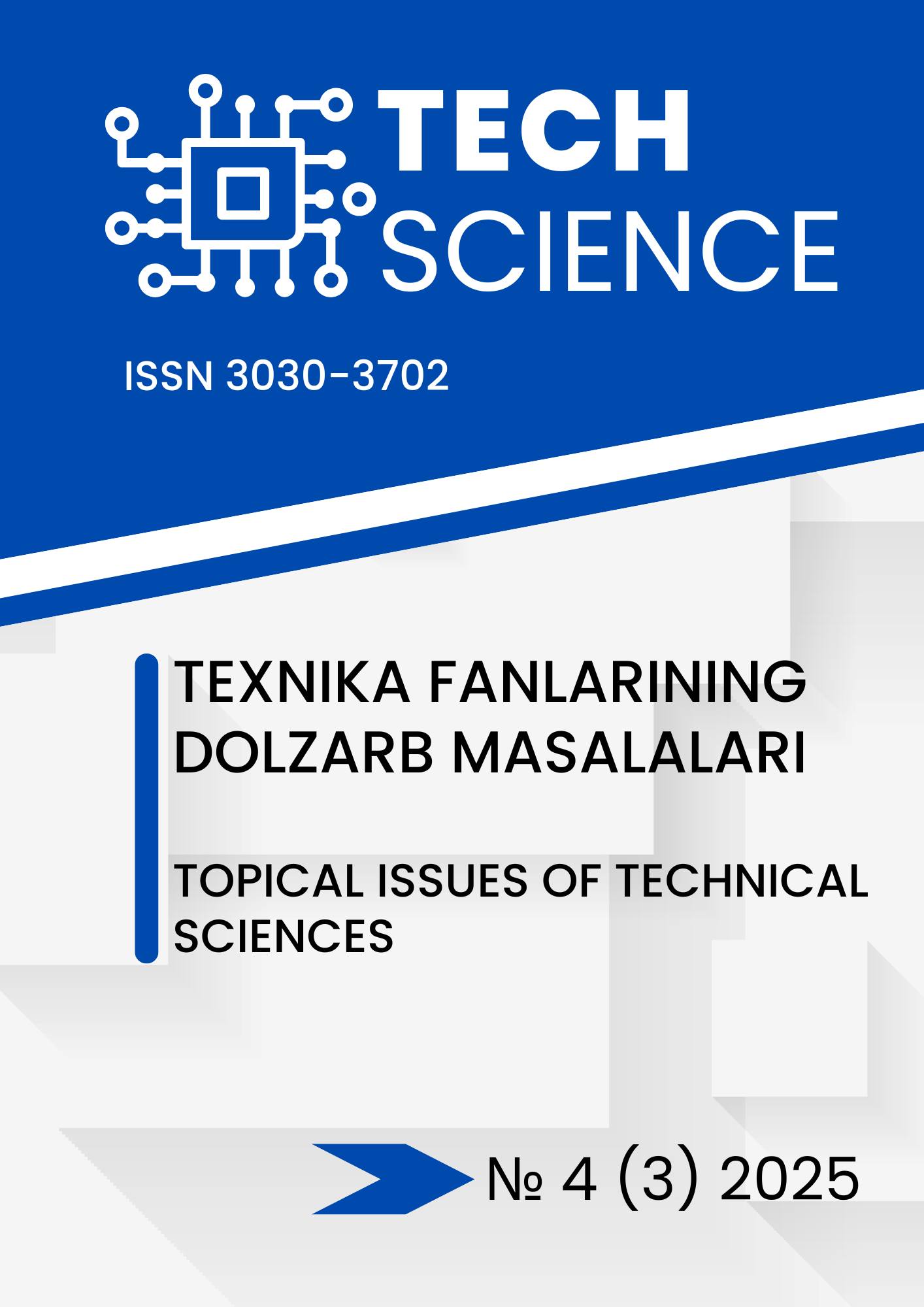EFFICIENCY AND MECHANISMS OF NEAR INFRARED LIGHT DRYING TECHNOLOGY OF AUTOMOBILE PRIMER MODIFIED WITH BASALT FIBER
DOI:
https://doi.org/10.47390/issn3030-3702v3i4y2025N02Keywords:
Basalt fiber, epoxy primer, near-infrared (NIR) radiation, photothermal conversion, energy efficiency, silane interfacial modification, ultrasonic dispersion, automotive paint shop, thermal analysis.Abstract
This scientific analysis is dedicated to one of the most pressing issues in the automotive industry: reducing energy consumption in paint shops. Traditional convection curing ovens account for up to 70% of a car factoryʼs total energy consumption, which increases production costs and negatively impacts the environment. As an innovative solution to this problem, the technology of curing epoxy primers modified with basalt fiber using near-infrared (NIR) radiation is proposed. The research methodology is based on a systematic analysis of literature in the fields of materials science (properties of basalt fiber), polymer chemistry (primer composition, interfacial modification), process engineering (physics of NIR radiation, dispersion methods), and industrial engineering (energy efficiency). The main findings indicate that the synergy between the unique photothermal properties of basalt fiber and the ability of the epoxy matrix to absorb NIR radiation significantly accelerates the curing process and reduces energy consumption by up to 90%.
References
1. Rajemi D., Johnson M. Energy consumption in automotive painting processes and potential savings. Journal of Coatings Technology and Research. 2018;15(2):123–134.
2. Zhang L., Li J. Mechanisms of near-infrared curing in polymer coatings. Polymer Reviews. 2019;59(3):523–551.
3. Sato K., Yamamoto T. Infrared drying of waterborne coatings: wavelength influence. Progress in Organic Coatings. 2015;79:168–175.
4. Wang X., Zhao Y. Near-infrared curing technology for automotive paint: energy and environmental benefits. Journal of Cleaner Production. 2019;210:1055–1063.
5. Suslick K.S., Flannigan D.J. Inside a collapsing bubble: sonochemistry and sonoluminescence. Annual Review of Physical Chemistry. 2008;59:659–683.
6. Plueddemann E.P. Silane coupling agents. New York: Springer; 1991.
7. Almeida F.C., Singh R. Photothermal conversion properties of basalt fibers under NIR irradiation. Composite Science and Technology. 2018;169:12–20.
8. Laukli H.I. Mechanical and thermal properties of basalt fibers compared to conventional reinforcements. Materials Letters. 2006;60(9):1159–1162.
9. Brown R.J., Runt J. Thermal analysis of polymers. New York: Wiley; 2002.
10. Menard K.P. Dynamic mechanical analysis: a practical introduction. Boca Raton: CRC Press; 2008.
11. Goldstein J.I., Newbury D.E., Joy D.C., Lyman C.E., Echlin P., Lifshin E., Sawyer L. Scanning electron microscopy and X-ray microanalysis. 4th ed. New York: Springer; 2017.
12. ASTM D3039/D3039M-17. Standard test method for tensile properties of polymer matrix composite materials. West Conshohocken, PA: ASTM International; 2017.
13. ASTM D7264/D7264M-15. Standard test method for flexural properties of polymer matrix composite materials. West Conshohocken, PA: ASTM International; 2015.
14. Абакумов В.П. Базалтове волокна: свойства и применениэ [Basalt fibers: properties and applications]. Moscow: Nedra; 2015.
15. Egamberdiev E., Haydullaev X. Reinforcement of cellulose-based composites with basalt fibers. Journal of Polymer Composites. 2020;29(4):363–370.








